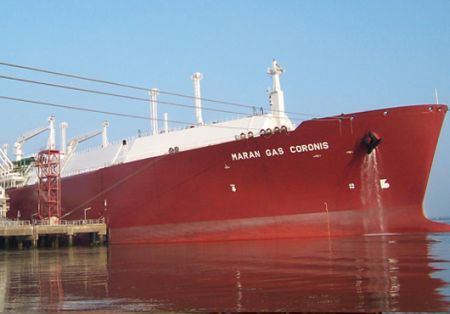
The introduction of new and larger vessels, Q-Flex and Q-Max, and new, often more exposed terminals becoming operational have changed mooring dynamics.
Maintaining workers’ safety at all times, at maximum operational efficiency remains unchanged.
DSM Dyneema, a close partner to the LNG industry, has done a study which concludes that these industry trends are changing the performance demands for LNG mooring lines.
DSM Dyneema recommends industry-wide standard guidelines for specifying and testing of LNG mooring lines be instigated – ensuring the right mooring line is commissioned for any particular working task and environment.
Easy to handle and safe
HMPE based mooring lines have been used in the LNG industry for over a decade and have proven their benefits in applications such as oil tankers, containers, carriers, bulk cargo vessels, as well as Cruise liners, RoRo and Navy ships.
Ropes with Dyneema®, used in 50% of LNG mooring lines, are as strong as steel wire ropes of the same diameter but at only one-seventh of the weight allowing for easier handling. Ropes with Dyneema® are about 60% of the diameter and 30% of the weight of equally strong polyester or polyamide ropes.
Proven in practice
Both BW Shipping Managers Pte. Ltd. and Maran Gas Maritime have equipped their vessels with mooring ropes made with Dyneema® and are seeing significant benefits.
The lower weight of Dyneema® based ropes means reduced deckhand injuries. No grease thanks to the smooth exterior of ropes made with Dyneema® fiber supports a cleaner, safer environment on deck.
We use cookies to improve your experience. By continuing to use our site, you accept our Cookies, Privacy Policy,Terms and Conditions. Close X